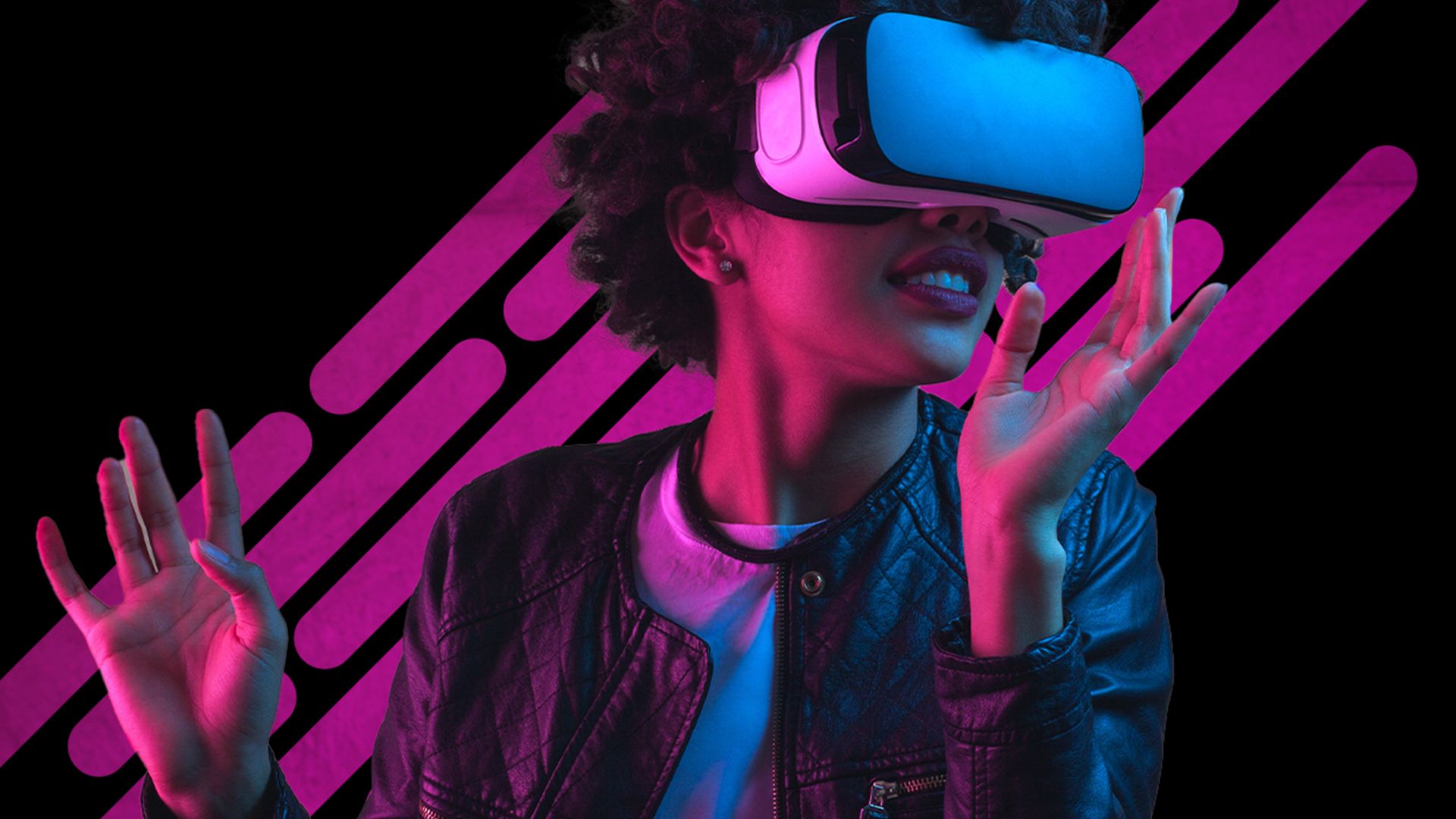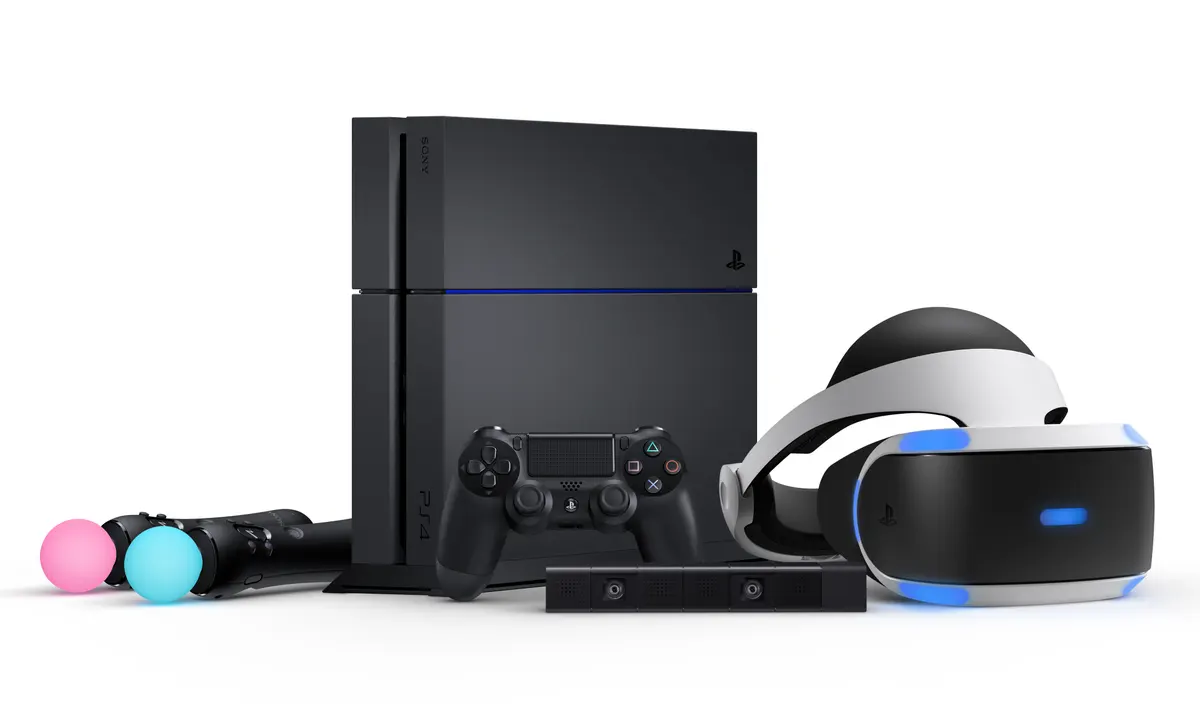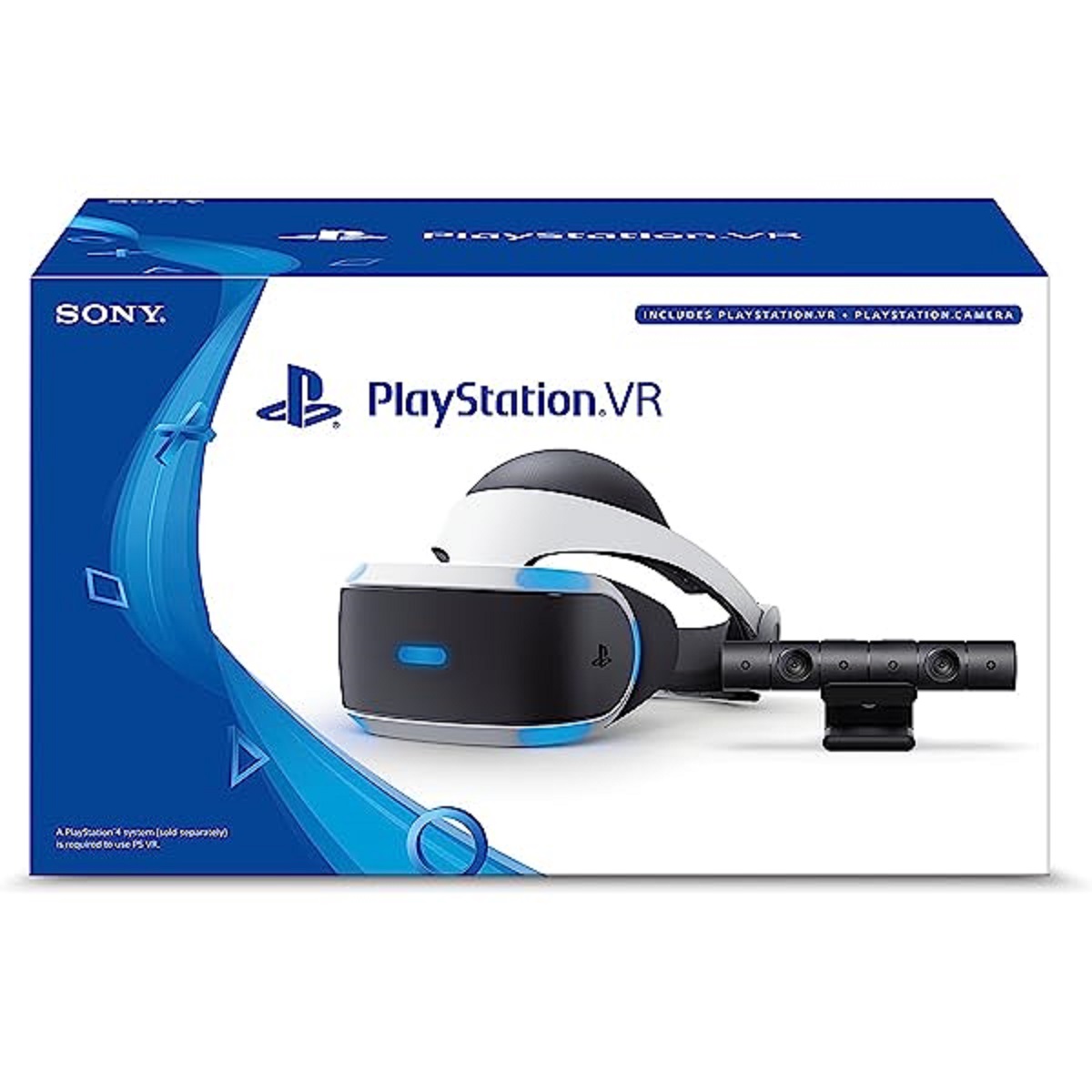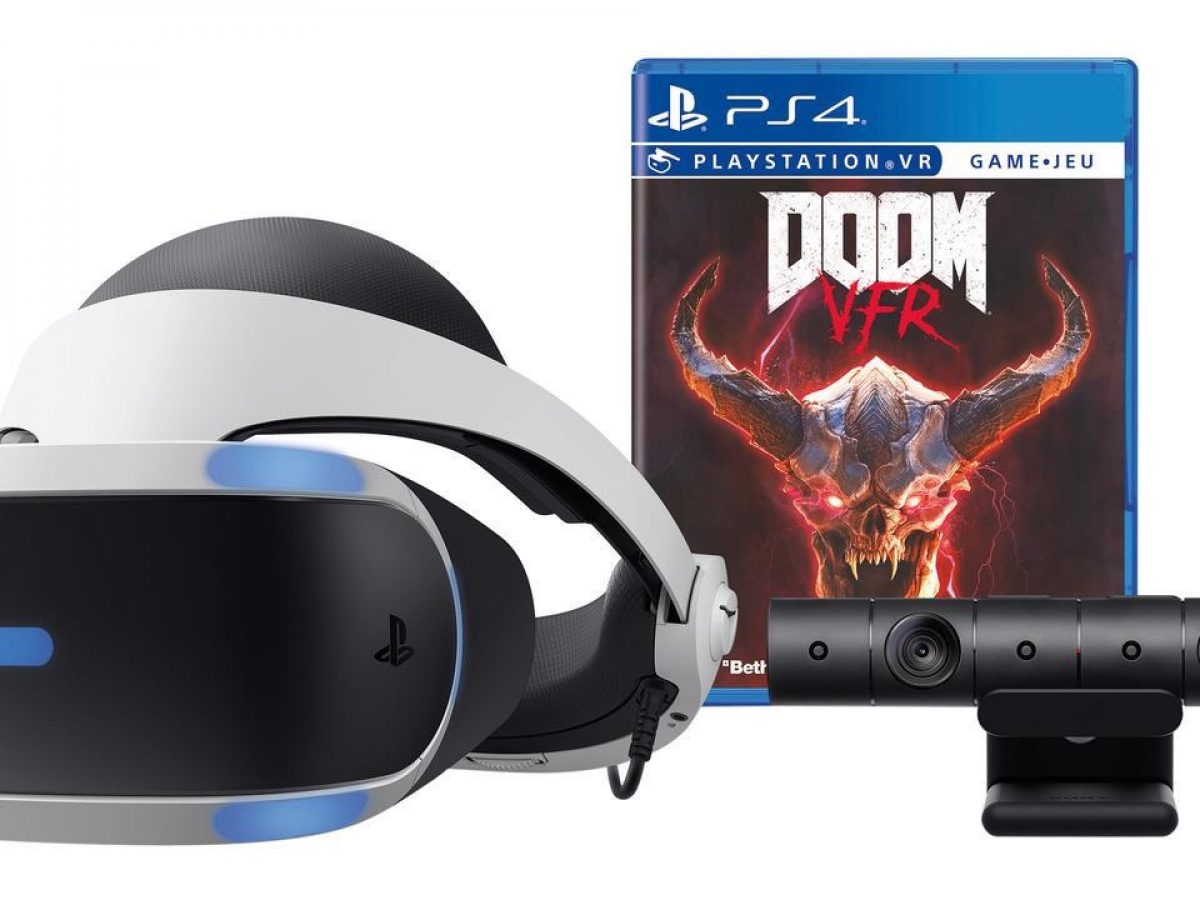Introduction
Virtual Reality (VR) technology has transformed the way we interact with digital environments, offering immersive experiences that blur the line between the real and the virtual. As VR continues to evolve, one of the key advancements that has garnered significant attention is VR pass-through functionality. This innovative feature allows users to perceive and interact with their physical surroundings while immersed in the virtual world, enhancing safety and usability in VR experiences.
The concept of VR pass-through is a game-changer in the realm of virtual reality, as it addresses the inherent challenge of navigating physical spaces while wearing a VR headset. By leveraging advanced sensors and cameras, VR pass-through technology enables users to see the real world within the virtual environment, providing a seamless blend of both realities. This breakthrough has opened up new possibilities for applications across various industries, from gaming and entertainment to education and enterprise solutions.
In this article, we will delve into the intricacies of VR pass-through, exploring its functionality, types, advantages, limitations, and the future developments that are shaping the landscape of VR technology. By gaining a comprehensive understanding of VR pass-through, readers will uncover the transformative potential of this feature and its impact on the evolution of virtual reality experiences. Let's embark on a journey to unravel the fascinating realm of VR pass-through and its pivotal role in shaping the future of immersive technology.
What is VR Pass-Through?
VR pass-through, also known as passthrough video, refers to the capability of a virtual reality headset to provide real-time video feed of the user's physical environment while they are immersed in a virtual reality experience. This functionality allows users to perceive and interact with their surroundings without having to remove the VR headset, effectively bridging the gap between the virtual and real worlds.
Typically, VR pass-through is facilitated by integrated cameras and sensors within the VR headset, capturing the live video feed of the user's surroundings and seamlessly integrating it into the virtual environment. This enables users to visualize physical obstacles, boundaries, or objects within the virtual space, enhancing safety and spatial awareness.
The primary objective of VR pass-through is to address the limitations of traditional VR experiences, where users are often confined to a static virtual environment and face challenges when navigating real-world spaces. By incorporating pass-through functionality, VR headsets empower users to move and interact within their physical surroundings while remaining immersed in the virtual world.
This innovative feature has significant implications for various applications, including gaming, training simulations, architectural visualization, and medical procedures. In gaming, for example, VR pass-through allows players to seamlessly transition between virtual and real-world interactions, leading to more dynamic and engaging gameplay experiences. Moreover, in enterprise settings, VR pass-through can facilitate realistic training scenarios by integrating real-time environmental elements into the virtual simulation.
Overall, VR pass-through represents a pivotal advancement in virtual reality technology, offering users a more seamless and integrated experience that combines the best of both virtual and physical worlds. As the capabilities of VR headsets continue to evolve, the potential for VR pass-through to redefine immersive experiences across diverse industries is becoming increasingly apparent.
How Does VR Pass-Through Work?
VR pass-through functionality operates through a sophisticated integration of hardware components and software algorithms within the VR headset. At the core of this feature are the built-in cameras and sensors that capture the user's physical environment in real time. These cameras are strategically positioned on the exterior of the headset, allowing them to capture a comprehensive view of the surroundings.
Upon capturing the live video feed, the VR headset processes the visual data through advanced computer vision algorithms. These algorithms analyze the video stream, identify spatial elements, and seamlessly integrate the real-world imagery into the virtual environment displayed to the user. This integration is achieved with remarkable precision, ensuring that the virtual and physical elements align seamlessly to create a cohesive visual experience.
The synchronized blending of real-time video feed with the virtual environment enables users to perceive their physical surroundings while engaged in a VR experience. This is particularly valuable in scenarios where users need to navigate their environment, interact with physical objects, or ensure safety while wearing the VR headset.
In addition to visual integration, VR pass-through may also incorporate spatial mapping and depth perception technologies. By leveraging depth-sensing cameras and spatial mapping algorithms, the VR headset can accurately represent the physical dimensions of the user's surroundings within the virtual space. This enables users to gauge distances, detect obstacles, and interact with real-world objects as if they were part of the virtual environment.
The seamless operation of VR pass-through is a testament to the technological advancements in sensor fusion, computer vision, and augmented reality. These capabilities not only enhance the user's spatial awareness and safety but also lay the foundation for more immersive and interactive VR experiences.
As VR pass-through continues to evolve, we can anticipate further refinements in the integration of real-world elements into virtual environments, ultimately blurring the boundaries between physical and digital realities. This ongoing progress holds immense promise for the future of VR technology, paving the way for even more compelling and versatile applications across diverse industries.
Types of VR Pass-Through
Optical See-Through
Optical see-through VR pass-through utilizes transparent or semi-transparent displays to overlay virtual content onto the user's direct view of the physical environment. This approach allows users to maintain visual contact with their surroundings while simultaneously engaging with virtual elements. By leveraging optical see-through technology, users can seamlessly integrate virtual objects into their real-world environment, creating an augmented reality experience that blends virtual and physical content with remarkable realism.
Video See-Through
Video see-through VR pass-through relies on cameras to capture the user's surroundings and project the live video feed onto the VR headset's display. This type of pass-through offers a direct view of the physical environment within the virtual space, enabling users to navigate and interact with real-world elements while immersed in virtual content. Video see-through technology enhances spatial awareness and safety by providing a clear visual representation of the user's surroundings, allowing for seamless integration of physical and virtual experiences.
Hybrid Pass-Through
Hybrid pass-through combines the strengths of optical and video see-through approaches to deliver a comprehensive and versatile VR pass-through experience. This hybrid model leverages both transparent displays and live video feed integration, offering users the flexibility to switch between augmented reality and video see-through modes based on the specific requirements of the VR application. By blending the benefits of optical and video see-through technologies, hybrid pass-through maximizes the user's ability to interact with the real world while engaging with virtual content, fostering a dynamic and adaptive VR experience.
Sensor-Based Pass-Through
Sensor-based VR pass-through utilizes advanced environmental sensors to detect and map the user's surroundings in real time. By capturing spatial data and environmental attributes, such as room dimensions, furniture placement, and obstacle locations, sensor-based pass-through enhances the user's spatial awareness within the virtual environment. This type of pass-through technology facilitates precise spatial mapping and object recognition, enabling users to navigate their physical space with confidence while seamlessly integrating real-world elements into the VR experience.
Depth-Sensing Pass-Through
Depth-sensing pass-through employs depth-sensing cameras and algorithms to accurately capture the three-dimensional structure of the user's environment. This type of pass-through technology enables the VR headset to perceive depth, distances, and object positioning within the physical space, resulting in a more immersive and interactive virtual experience. By incorporating depth-sensing capabilities, VR pass-through can accurately represent the spatial dimensions of the user's surroundings, allowing for realistic interaction with physical objects and seamless integration of depth perception into the virtual environment.
Each type of VR pass-through offers unique capabilities and advantages, catering to diverse user needs and application scenarios. As VR technology continues to advance, the evolution of these pass-through technologies holds the potential to redefine the boundaries between virtual and physical realities, unlocking new possibilities for immersive and interactive experiences across various domains.
Advantages of VR Pass-Through
VR pass-through technology offers a myriad of advantages that significantly enhance the user experience and expand the potential applications of virtual reality. By seamlessly integrating real-world elements into the virtual environment, VR pass-through transcends the limitations of traditional VR experiences, unlocking new possibilities and addressing critical challenges. Let's explore the key advantages of VR pass-through:
Enhanced Safety and Spatial Awareness
One of the primary advantages of VR pass-through is its ability to enhance safety and spatial awareness for users immersed in virtual environments. By providing a real-time video feed of the user's surroundings, VR pass-through enables individuals to perceive physical obstacles, boundaries, and hazards while engaged in VR experiences. This heightened spatial awareness reduces the risk of collisions and accidents, making VR interactions safer and more conducive to natural movement within the physical space.
Seamless Integration of Real-World Interactions
VR pass-through facilitates the seamless integration of real-world interactions into virtual experiences, fostering a more immersive and dynamic user engagement. Users can interact with physical objects, navigate their environment, and collaborate with others while remaining immersed in the virtual world. This capability is particularly valuable in gaming, training simulations, and enterprise applications, where the ability to seamlessly blend virtual and physical interactions enriches the overall experience and functionality of VR environments.
Flexibility and Adaptability
The versatility of VR pass-through technology empowers users to adapt to various scenarios and environments with ease. Whether it's switching between augmented reality and video see-through modes or leveraging depth-sensing capabilities for precise spatial mapping, VR pass-through offers flexibility that caters to diverse user needs. This adaptability extends to applications in education, healthcare, and design, where users can seamlessly transition between virtual and physical interactions based on specific requirements and objectives.
Realistic Training and Simulation Scenarios
In the realm of enterprise and professional training, VR pass-through technology revolutionizes the creation of realistic and immersive simulation scenarios. By integrating real-time environmental elements into training modules, VR pass-through enhances the authenticity and effectiveness of simulations, allowing users to practice real-world procedures and interactions within a virtual environment. This advantage is particularly impactful in fields such as healthcare, aviation, and manufacturing, where lifelike training experiences are essential for skill development and proficiency.
Accessibility and Inclusivity
VR pass-through contributes to greater accessibility and inclusivity in virtual reality experiences. By providing users with a clear view of their physical surroundings, including individuals with mobility challenges or spatial orientation difficulties, VR pass-through ensures that a wider range of users can engage with VR content comfortably and confidently. This inclusivity extends the reach of VR applications in education, entertainment, and rehabilitation, fostering a more inclusive and accommodating virtual environment for all users.
In summary, the advantages of VR pass-through technology encompass enhanced safety, seamless integration of real-world interactions, flexibility, realistic training scenarios, and accessibility. As VR technology continues to evolve, the transformative impact of VR pass-through on immersive experiences across various domains is poised to redefine the boundaries of virtual and physical realities, unlocking new dimensions of engagement and interaction for users worldwide.
Limitations of VR Pass-Through
While VR pass-through technology offers compelling benefits and transformative potential, it is important to acknowledge the limitations and challenges associated with its current implementation. Understanding these constraints is crucial for gaining a comprehensive perspective on the practical implications of VR pass-through. Let's explore the key limitations of VR pass-through:
Environmental Limitations
VR pass-through functionality is heavily reliant on the quality of the user's physical environment. Factors such as lighting conditions, spatial complexity, and the presence of reflective surfaces can impact the accuracy and reliability of the pass-through video feed. In environments with poor lighting or complex visual patterns, the performance of VR pass-through cameras and sensors may be compromised, leading to potential distortions or inaccuracies in the representation of the physical space within the virtual environment.
Hardware and Performance Constraints
The effectiveness of VR pass-through is contingent on the hardware capabilities and computational resources of the VR headset. While modern VR devices integrate advanced cameras and sensors, the processing and rendering demands of real-time video feed integration can strain the headset's performance. This can result in latency issues, reduced frame rates, or compromises in visual fidelity, potentially detracting from the seamless integration of pass-through video with the virtual environment.
Spatial Mapping and Calibration Challenges
Accurately mapping and calibrating the user's physical surroundings within the virtual space presents technical challenges for VR pass-through implementation. Achieving precise spatial alignment and depth perception, especially in dynamic environments with moving objects or changing spatial configurations, requires sophisticated sensor fusion and calibration algorithms. Inconsistencies in spatial mapping and calibration may lead to discrepancies between the virtual and physical elements, impacting the user's immersion and interaction experience.
User Interface and Interaction Design
The integration of pass-through video into the user interface and interaction design of VR applications necessitates careful consideration of usability and user experience. Balancing the presentation of real-world elements with virtual content, designing intuitive interaction mechanisms, and ensuring seamless transitions between the two realities pose design challenges. Inadequate user interface design may impede the user's ability to effectively navigate and interact within the blended virtual and physical environment, limiting the overall usability of VR pass-through experiences.
Battery Life and Power Consumption
The continuous operation of cameras, sensors, and processing units for VR pass-through imposes demands on the headset's battery life and power consumption. Maintaining a consistent and reliable pass-through functionality while preserving battery longevity presents a technical constraint. Addressing power management and optimizing energy efficiency without compromising the performance of VR pass-through remains a significant challenge for prolonged immersive experiences.
Acknowledging these limitations underscores the ongoing development and refinement required to overcome technical, environmental, and usability constraints associated with VR pass-through technology. As advancements in sensor technology, computational capabilities, and user interface design continue to progress, the potential for mitigating these limitations and enhancing the effectiveness of VR pass-through remains a focal point for the evolution of immersive virtual reality experiences.
Future Developments in VR Pass-Through Technology
The future of VR pass-through technology holds immense promise for transformative advancements that will redefine the capabilities and applications of virtual reality experiences. As the landscape of immersive technology continues to evolve, several key areas of development are poised to shape the trajectory of VR pass-through technology.
Enhanced Sensor Fusion and Environmental Understanding
Future developments in VR pass-through will focus on advancing sensor fusion techniques and environmental understanding to enable more precise and comprehensive perception of the user's physical surroundings. This entails integrating a diverse array of sensors, including depth-sensing cameras, LiDAR (Light Detection and Ranging) sensors, and advanced environmental mapping technologies. By harnessing the power of sensor fusion, VR headsets will be able to capture and interpret spatial data with unprecedented accuracy, enhancing the realism and reliability of pass-through video integration.
Artificial Intelligence and Real-Time Scene Analysis
The integration of artificial intelligence (AI) algorithms for real-time scene analysis represents a pivotal frontier in the evolution of VR pass-through technology. AI-driven computer vision and object recognition capabilities will empower VR headsets to intelligently interpret and interact with the user's physical environment. This includes the ability to identify and differentiate objects, predict spatial dynamics, and dynamically adapt the presentation of pass-through video to optimize user engagement and safety within the virtual environment.
Seamless Augmented Reality Integration
The convergence of VR pass-through with augmented reality (AR) technologies will unlock new dimensions of interactive and immersive experiences. Future developments will focus on seamlessly blending virtual and physical elements to create cohesive AR experiences within the VR environment. This integration will enable users to overlay virtual content onto their real-world surroundings with unparalleled realism, fostering a seamless transition between pure virtual reality and augmented reality interactions.
Haptic Feedback and Spatial Interaction
Incorporating haptic feedback mechanisms and advanced spatial interaction technologies into VR pass-through will revolutionize the tactile and interactive dimensions of virtual reality experiences. Future developments will explore the integration of haptic feedback devices and spatial tracking systems to enable users to physically interact with virtual and real-world objects while receiving sensory feedback. This advancement holds the potential to elevate the sense of presence and immersion within the blended virtual and physical realities.
User-Centric Design and Accessibility
Future developments in VR pass-through technology will prioritize user-centric design and accessibility, ensuring that the benefits of pass-through functionality are accessible to a diverse range of users. This includes refining user interfaces, optimizing interaction modalities, and accommodating varying user preferences and needs. By prioritizing inclusivity and user comfort, future VR pass-through experiences will cater to a broader audience, fostering a more welcoming and engaging virtual environment.
In essence, the future of VR pass-through technology is characterized by a convergence of advanced sensor fusion, AI-driven scene analysis, seamless AR integration, haptic feedback enhancement, and user-centric design. These developments collectively herald a new era of immersive and interactive virtual reality experiences, where the boundaries between the virtual and physical worlds are seamlessly blurred, unlocking unprecedented potential for diverse applications across gaming, education, training, healthcare, and beyond. As these advancements continue to unfold, the transformative impact of VR pass-through technology on the evolution of immersive technology is poised to redefine the possibilities of human interaction with virtual environments.

























